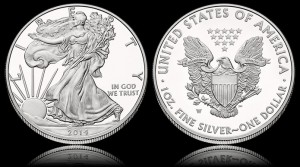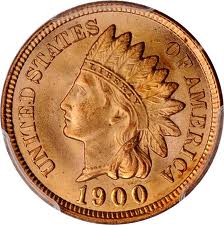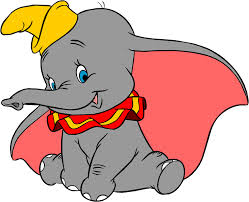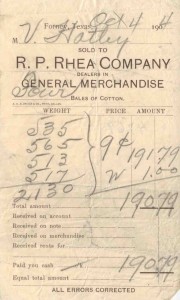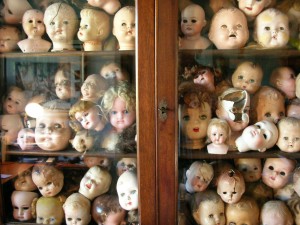I subscribe to a museum list serve, and one of the recent headlines was this:
New Online Course – Paranormal Investigations in Museums and Historic Sites
This caught my attention because I happen to know that a nearby site which shall remain nameless has been approached by a medium to do a reading on their grounds. Much discussion has ensued, but it seems to boil down to this: is publicizing your historic site as potentially haunted campy or creepy?
You can view it as a fun way to raise your site’s profile and encourage more visitation. The paranormal investigators aren’t likely to find anything except recordings of vague noises and the occasional cold spot. Post it on You Tube and you’re able to reach a wider audience of a (usually) younger demographic that otherwise might not have any interest in you or local history.
Or you can view it as not-so-fun but borderline dangerous. A community with a strong religious foundation and vocal congregations might frown upon the idea of toying with the afterlife for any reason, much less as a ploy to increase visitation. Family members of the “spirits” involved in your site could also take offense to any suggestion of wrong-doing, mistreatment, or evil deeds perpetrated by their ancestors. Publicity could lead to more awareness but also more vandalism and break-ins.
Plus, you could anger the ghosts if, you know, your site is actually haunted.
What I found so interesting about the description for the online class is that it’s marketed to both historic site administrators AND paranormal investigators. The investigators describe the techniques and equipment they use, generally how they perform their investigations and why, and what they hope to find when they visit a site. Museum professionals describe the policies they have in place for using the site, which can cover anything from where to park and unload the equipment to insurance and liability for any damage done to the grounds. A chance for both sides to get on the same page, as it were.
Some sites allow investigators to work only once (for a fee) and view it as an interesting experience. Others regularly offer ghost tours, overnight stays, or promotional videos of previous investigations as part of their marketing and outreach programming.
Then there’s the question of what happens to the audio and video the investigators record. Do they have permission to use it for a You Tube video or TV show? Does the historic site get to review the videos before they air? Is there any fact-checking involved, such as studying archival records of previous property owners, or can the investigators say (or suggest) whatever they want about what they encounter at the site? All of these are specific questions the historic site needs to address in its Terms of Use policy and review with investigators before signing a contract.
I don’t plan on taking the course. To my knowledge there are no rumblings of ghosts or spirits in or around our museum. I’ll cross that bridge when I come to it. But anyone interested in the class can learn more about it here:
http://paranormalmuseumclass2.eventbrite.com
For information on haunted places in Texas, this website is but one of many you can view.
If you’re interested in buying or selling haunted real estate, check out this piece by ABC news which aired earlier this month.
If you know of any haunted places in Forney or Kaufman County, tell us about them on our facebook page.
Thanks,
Kendall



